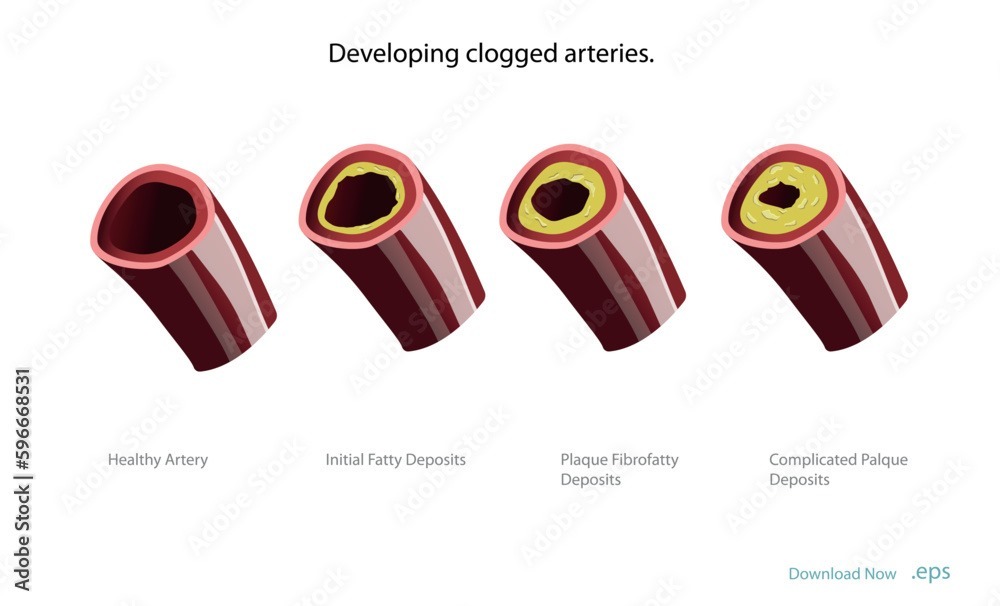+918042781554

This is your website preview.
Currently it only shows your basic business info. Start adding relevant business details such as description, images and products or services to gain your customers attention by using Boost 360 android app / iOS App / web portal.
The Role of Cholesterol in Arterial Plaque Formation

For arterial plaque to form, there must be disruption of the endothelial layer, the thin lining of cells that lines the inside of blood vessels. The endothelium serves as a barrier that prevents harmful substances in the blood from coming into direct contact with the arterial wall. However, factors like high blood pressure, smoking, diabetes, and inflammation can damage this endothelial layer, making it more permeable to substances like oxidized LDL. Once the endothelial layer is damaged, LDL cholesterol particles can penetrate the arterial walls. Under normal circumstances, the body has mechanisms to clear these particles, but when there’s an excess of LDL cholesterol or when it becomes oxidized, these particles can trigger an inflammatory response. This inflammation promotes the accumulation of white blood cells and other substances that eventually lead to the formation of plaque. Over time, this plaque can narrow and harden the arteries, restricting blood flow and increasing the risk of heart attack, stroke, or other cardiovascular events.

